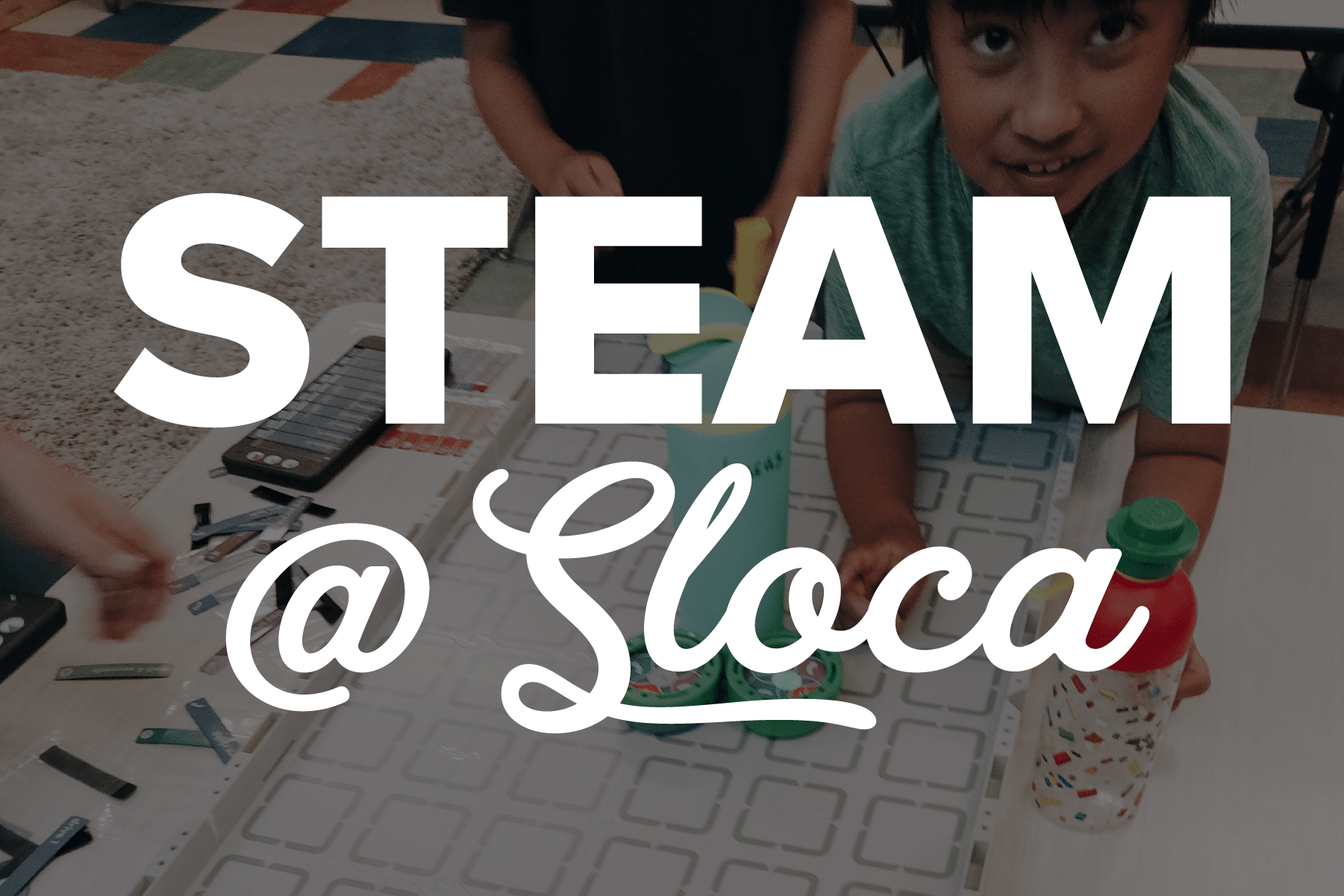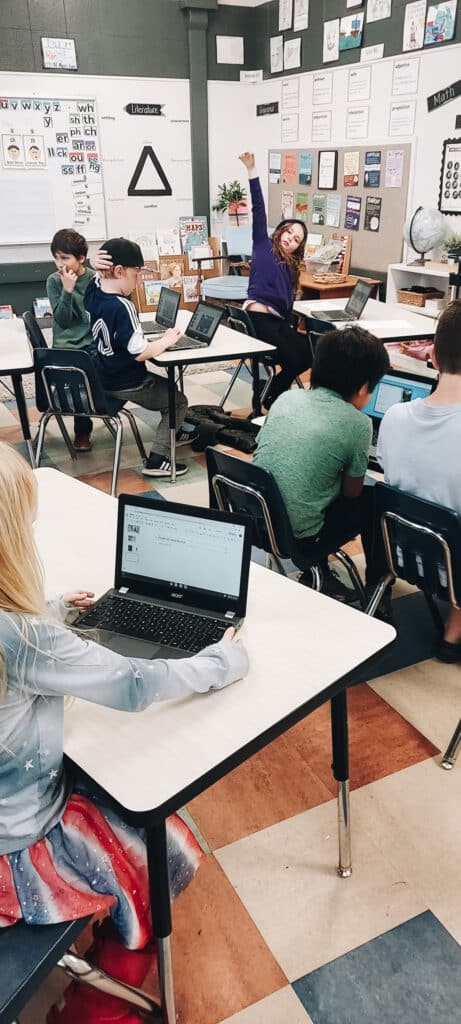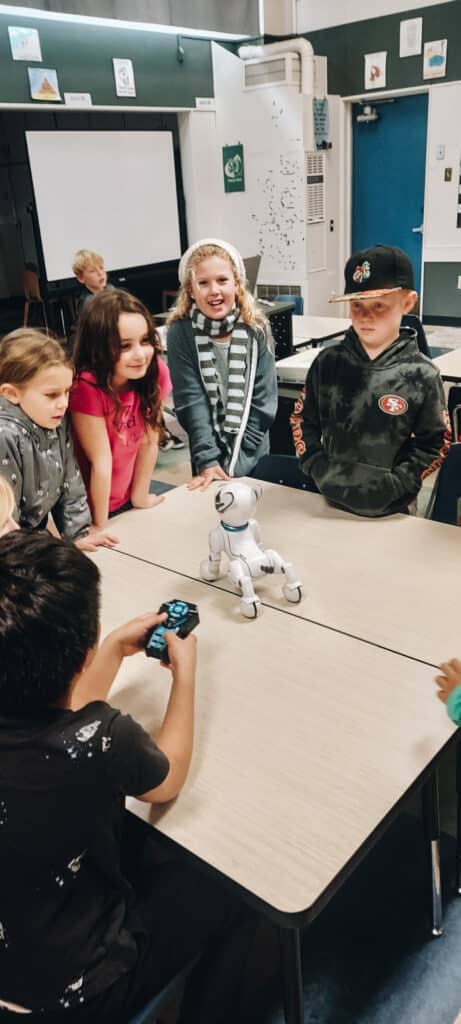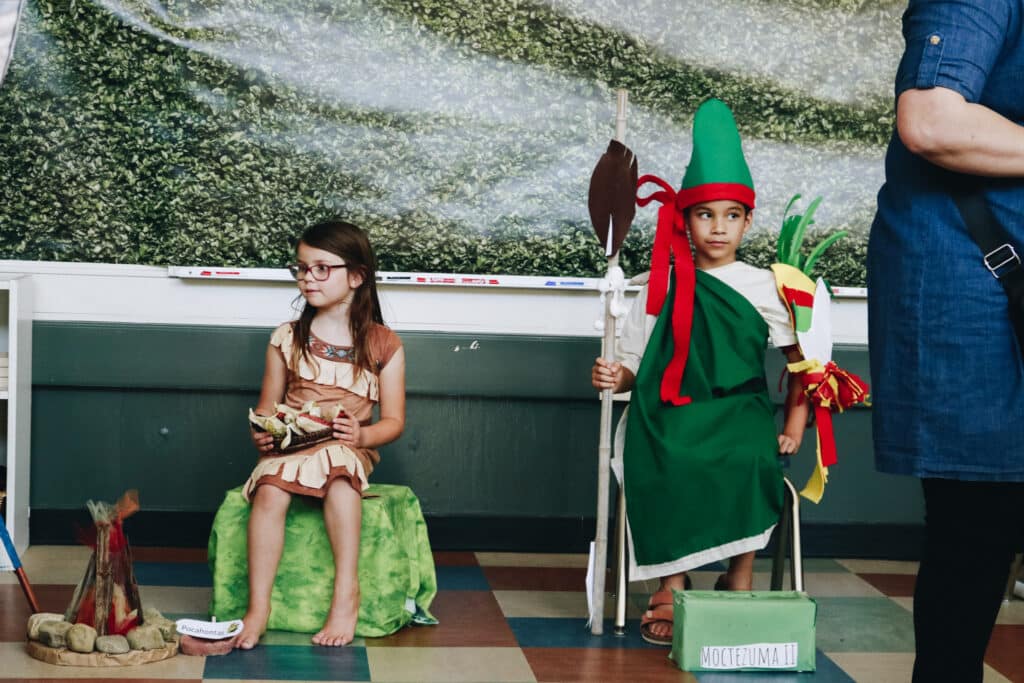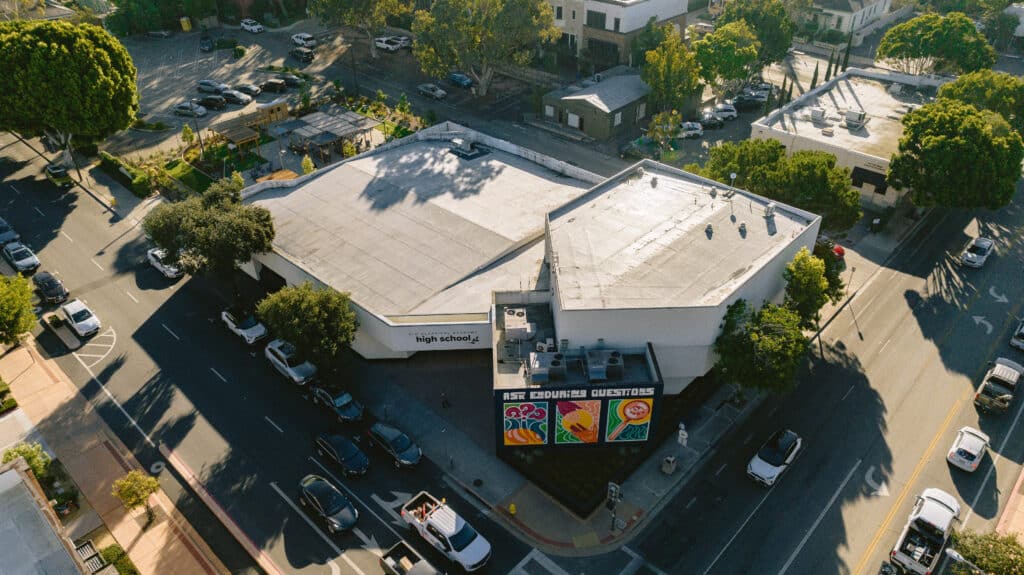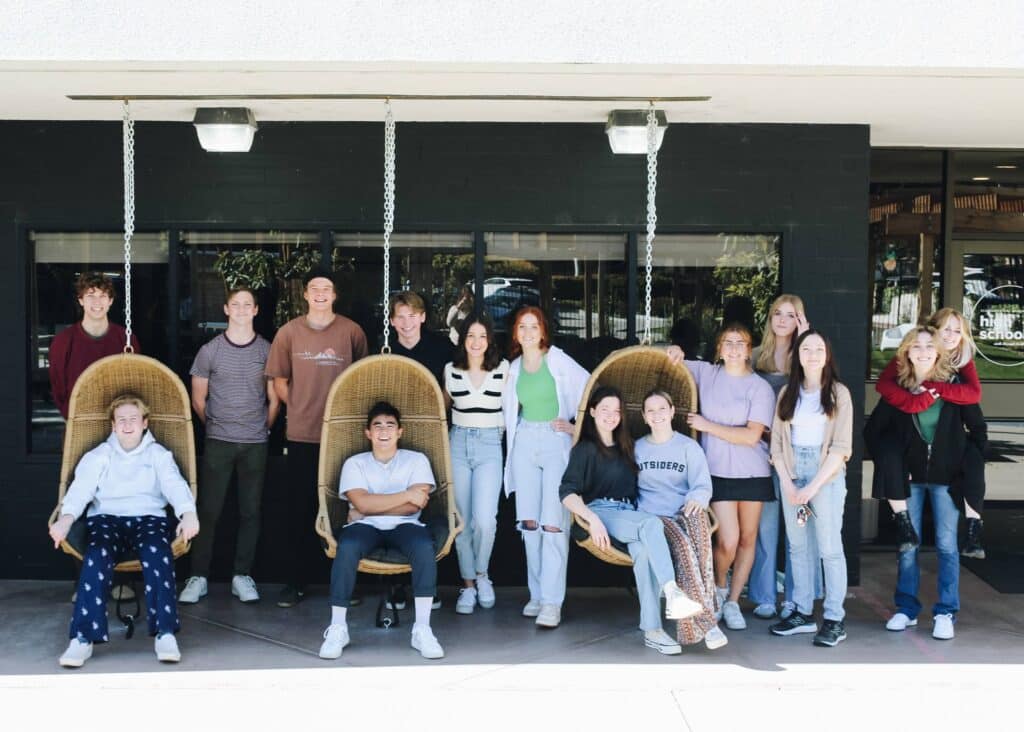You’ve probably heard something somewhere about STEAM education—it’s kind of an educational buzzword these days, from public to private schools and beyond. This acronym stands for Science, Technology, Engineering, Art, and Math and is often used to emphasize a distinction from the traditional humanities subjects: history, social studies, and literature. Here at SLOCA, while our four-year cycle is built upon our literature and history, we believe that STEAM seamlessly integrates into our classical education with a twist. It shouldn’t be seen as opposing the humanities but rather as complementary to them and part of a greater endeavor of pursuing truth, goodness, and beauty in all of life.
We’ve enjoyed reading about the “A” (Art + Music), “M” (Math), and “E” (Engineering) of STEAM, now lets get into Technology! Today we welcome Jordan Martinez to the blog. Jordan wears many hats at SLOCA, including FTP Learning Leader for Lower Middle School and After-School Care Aide, but her thoughts today pertains to her role as our Friday Coding+ Instructor! Read on to hear what Jordan has to share…
This year, we continue our learning journey by solidifying our basic coding foundations and putting what we learn into practice. The Coding+ Program gives students the ability and confidence to think like a coder by teaching them how to block code and debug. We focus on foundational concepts such as commands, loops, conditional statements and put them into practice most recently with a Choose-Your-Own-Adventure Slideshow Project, Vex 123 Robots, Wonder Workshop Cue + Dash Robots and Coding with Legos thanks to our new Lego Lab resources. We also supplement our year by implementing the Engineer Design Process, thinking of real world problems and creating prototypes for solutions.
I am so thrilled students are interested in learning more about the foundations of Coding and putting their knowledge into hands-on-practice. The world needs more coders and solution seekers! Coding may sound intimidating at first, but last year proved our students have the resilience and drive to flourish.
As a low-tech school, I thought about how to mindfully incorporate online and offline work, using ‘unplugged’ activities such as ‘Coder Says,’ a spin on the classic ‘Simon Says’. For this game, student coders command the class of ‘robots’ while practicing detail oriented directions and conditional statements. The intent is to empower students to be creators, not simply consumers of the technology that is all around us. From our families using their debit cards at the snack store to our upcoming live-stream of our all-school Dance-a-Thon, it’s all connected and was programmed by a coder!
If I could sum up the importance of coding for elementary school students and beyond, it would boil down to the following 6 areas:
1. Coding Boosts Problem-Solving Skills
Students have identified their personal strengths in working alone by using the algorithm of identifying, prioritizing, and implementing solutions in our Kodable Classroom, an interactive website that takes student coders through various levels of foundational coding skills all the way through basic javascript programming through games. The challenge we have been constantly working on is learning how to collaborate with one another, learning the importance of team-work since many real world coding projects involve working in teams and alongside engineers and other departments depending on the problem and complexity of the proposed solution. As in the workforce and in life, collaboration and learning to problem solve together is vital–I can’t wait to see what our student coders discover next!
2. Coding Improves Computational Thinking
Computational thinking refers to expressing problems in a way that a computer would, and students have grown in this regard, looking for patterns in the world around us then applying them to games and activities in class. One of our favorite ‘unplugged’ games is Robot Turtles, a board game that allows students to ‘code’ their turtle through arrow playing cards that have to be put in the most efficient sequence possible to win.
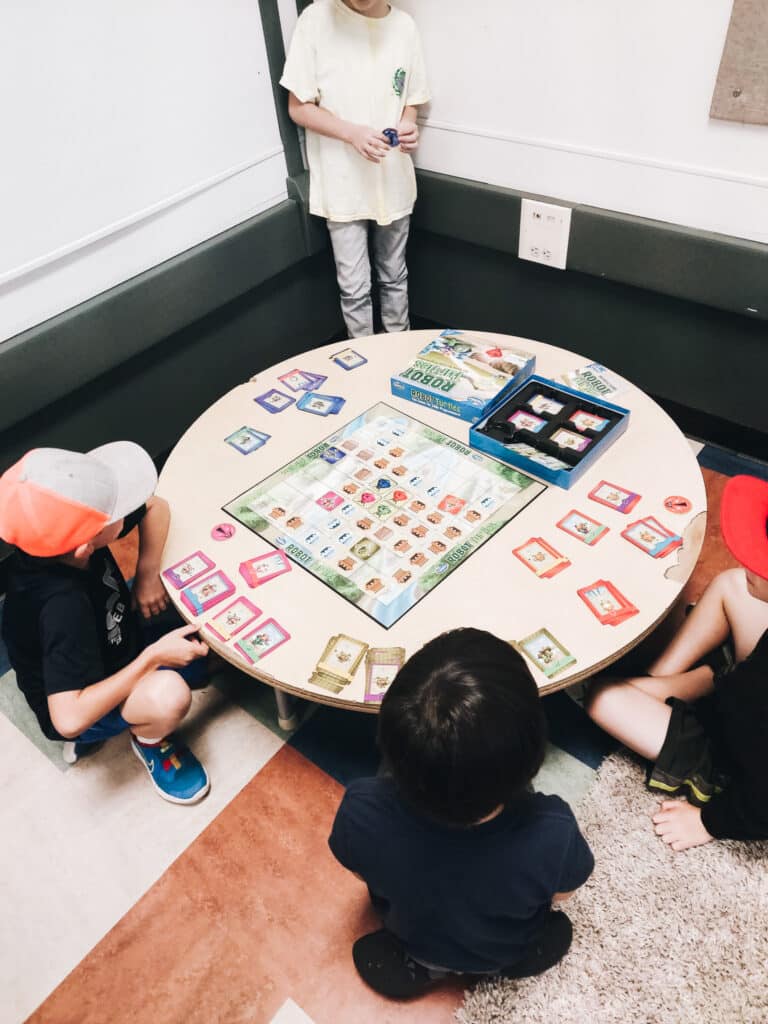
3. Coding Encourages Resilience
We focus on debugging and working through the frustrations many coders experience when presented with a problem. Students notice how it can take time to debug codes, so we have a song that reminds us of the importance of breaking things down into smaller steps. We also created a list of helpful commands to remember when we get frustrated such as ‘take a breath, take a break.’
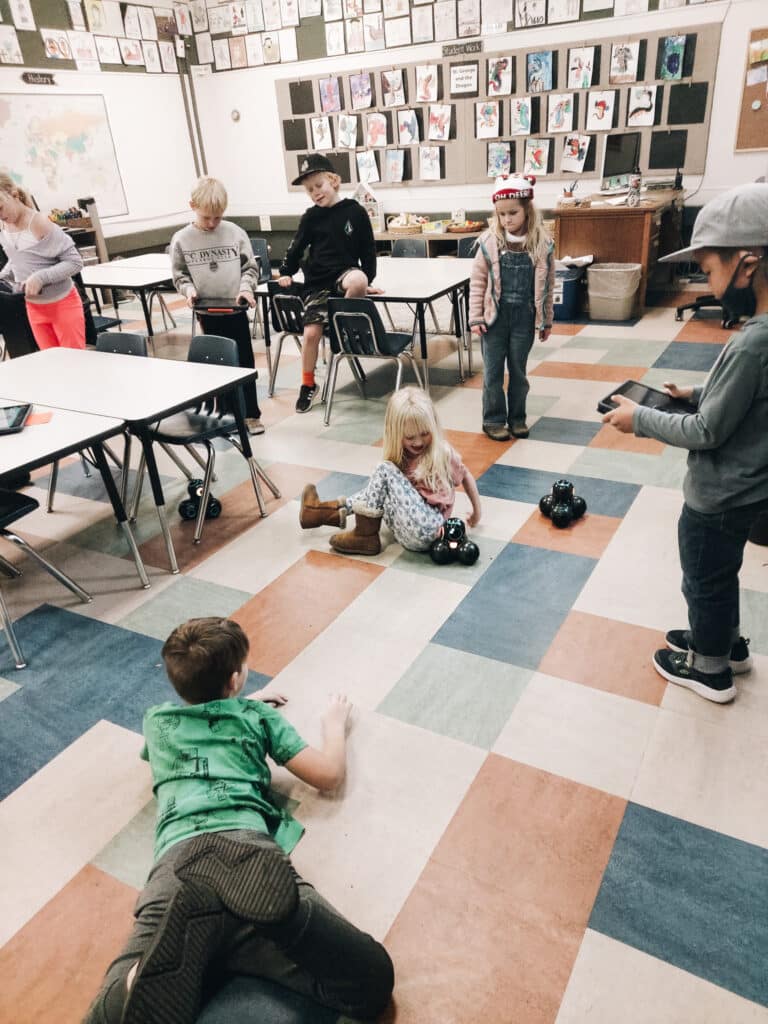
Fun with SLOCA robots – Dash and Cue! 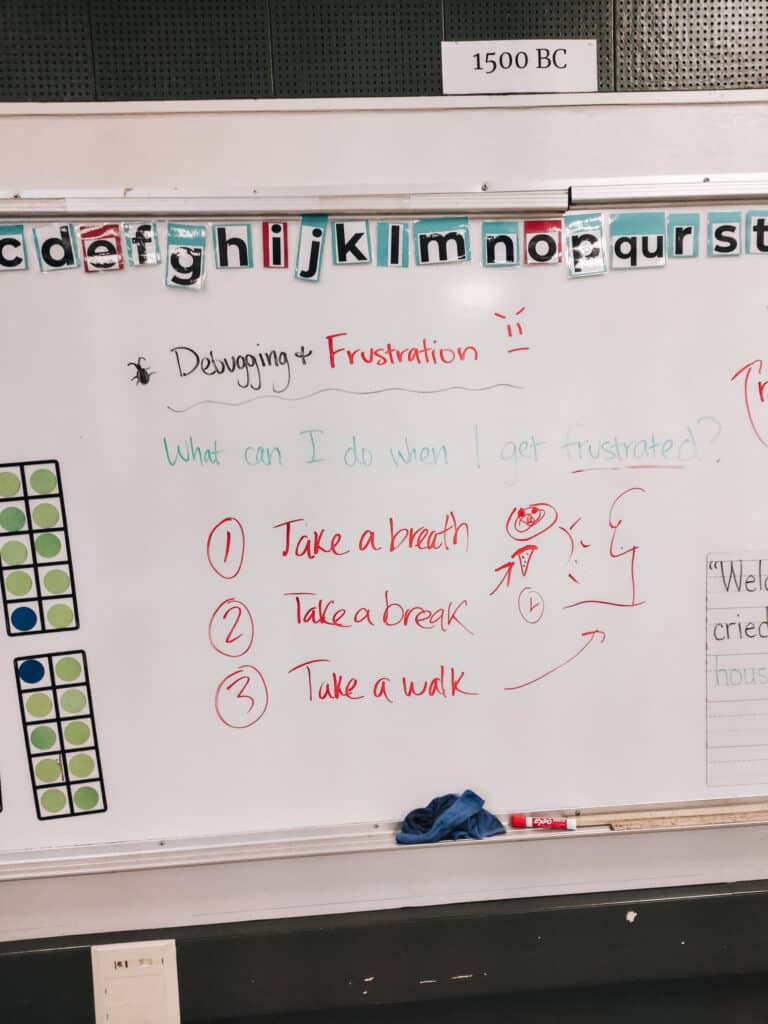
Discussing resilience techniques when coding. 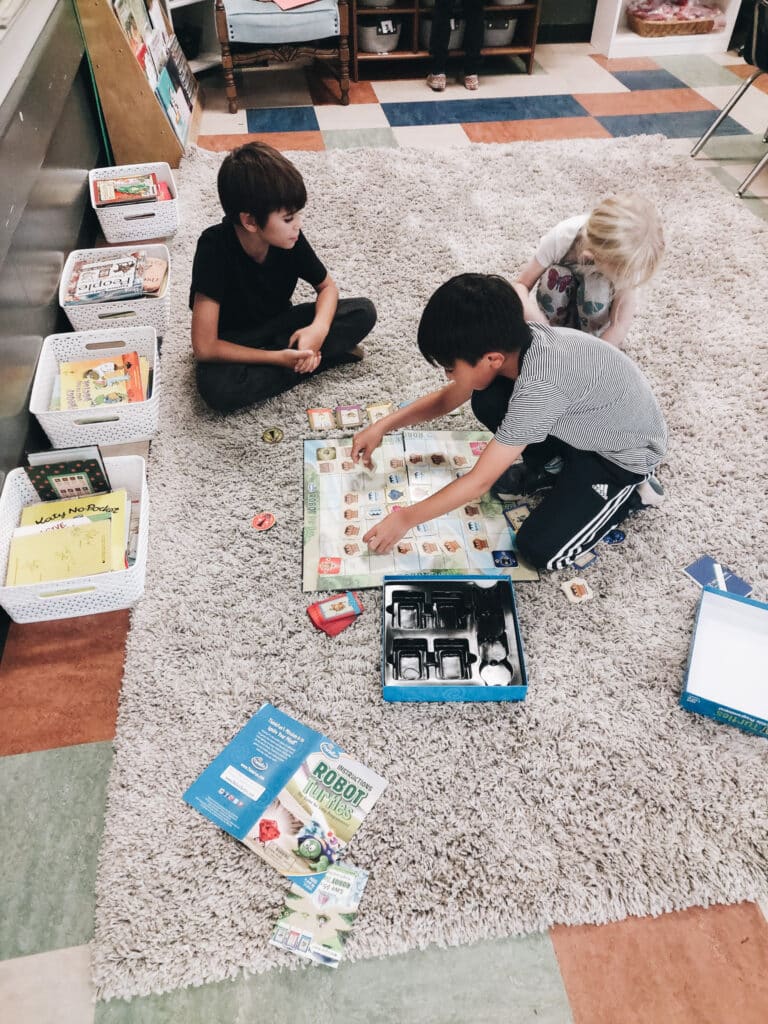
Children enjoying a game of Robot Turtles!
4. Coding Cultivates Creativity
Students use Vex123 Robots as well as our friends Dash + Cue to pair coding with storytelling–I am always amazed by student imagination! Students had the chance to create their own original board games, designing a prototype using the engineering design process. Projects were fueled with imagination and ingenuity, and I had so much fun learning the rules and playing alongside student coders.
5. Coding Helps Teach Digital Literacy
Students come from a variety of digital literacy backgrounds and one of the exciting challenges was meeting students where they were. I learned so much from student coders as tech-savvy students mentored and helped troubleshoot alongside peers who were just beginning. We also began the year by discussing digital citizenship and creating a technology agreement of how we can show respect and kindness with our computers, robots and one another.
6. Coding Improves Confidence and Communication Skills
Students have made leaps and bounds in their confidence and communication skills. Presenting their Choose-Your-Own-Adventure Slideshows highlighted that in ways that simply can’t be described. I so look forward to finishing this school year seeking the good, true and beautiful alongside student coders as they continuously remind me that anyone can be a solution seeker.




